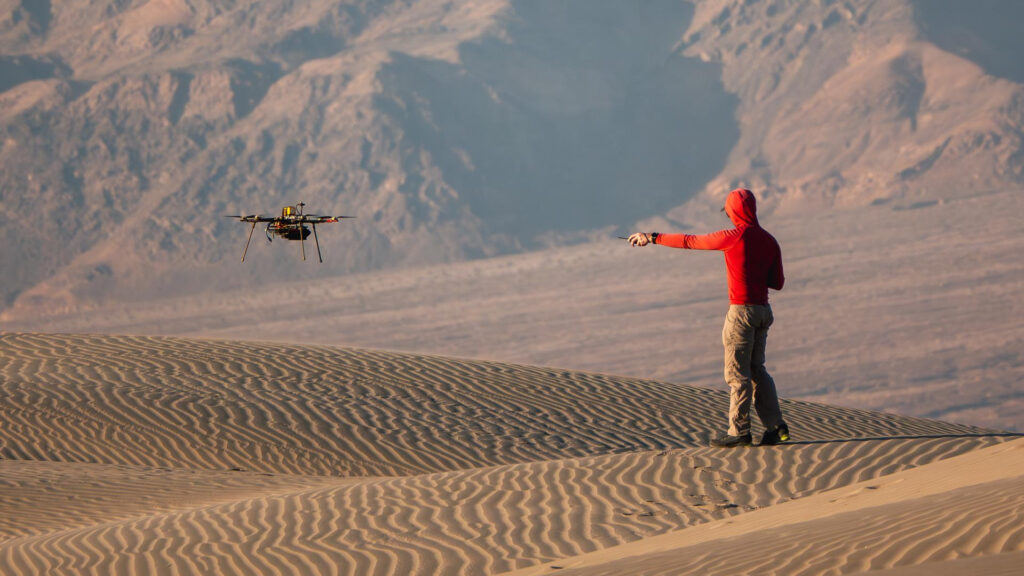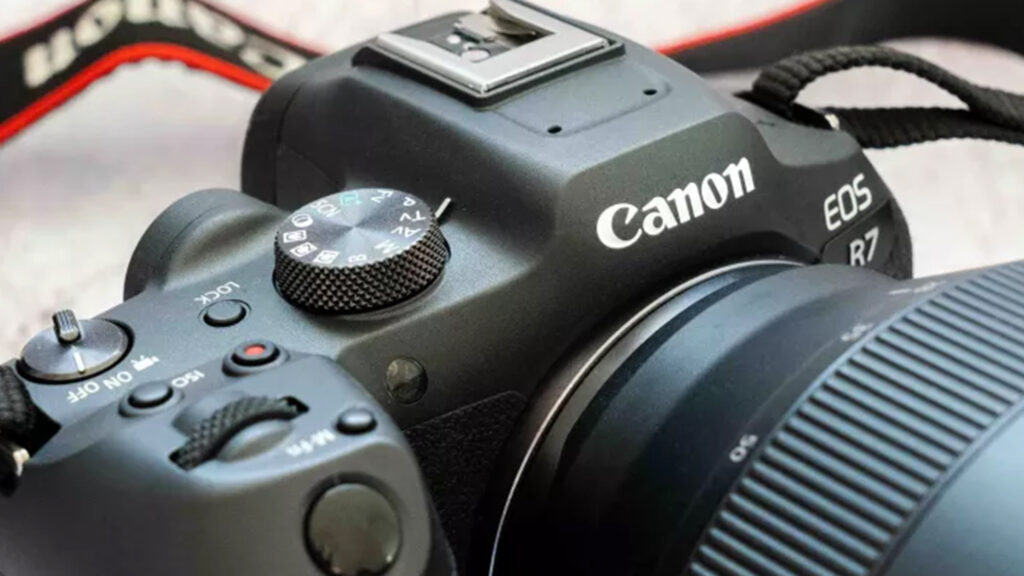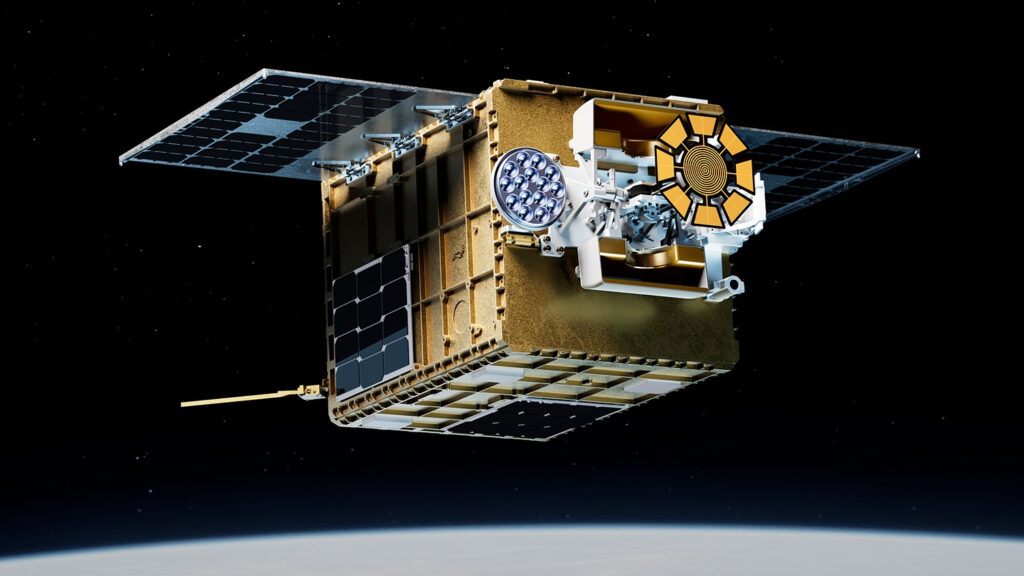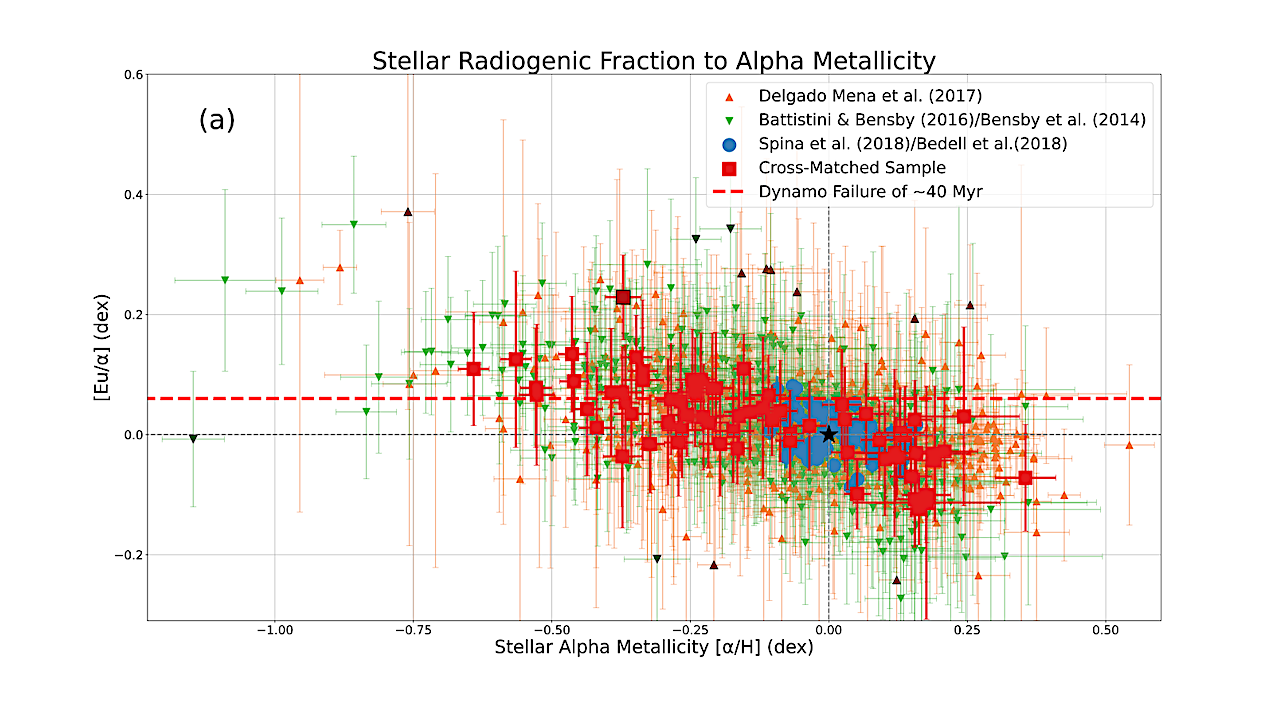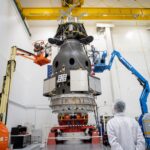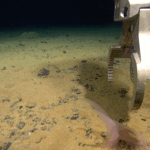Now Reading: NASA’s Lunar Electric Rover rolls across Arizona | Space photo of the day for Oct. 9, 2025
-
01
NASA’s Lunar Electric Rover rolls across Arizona | Space photo of the day for Oct. 9, 2025
NASA’s Lunar Electric Rover rolls across Arizona | Space photo of the day for Oct. 9, 2025
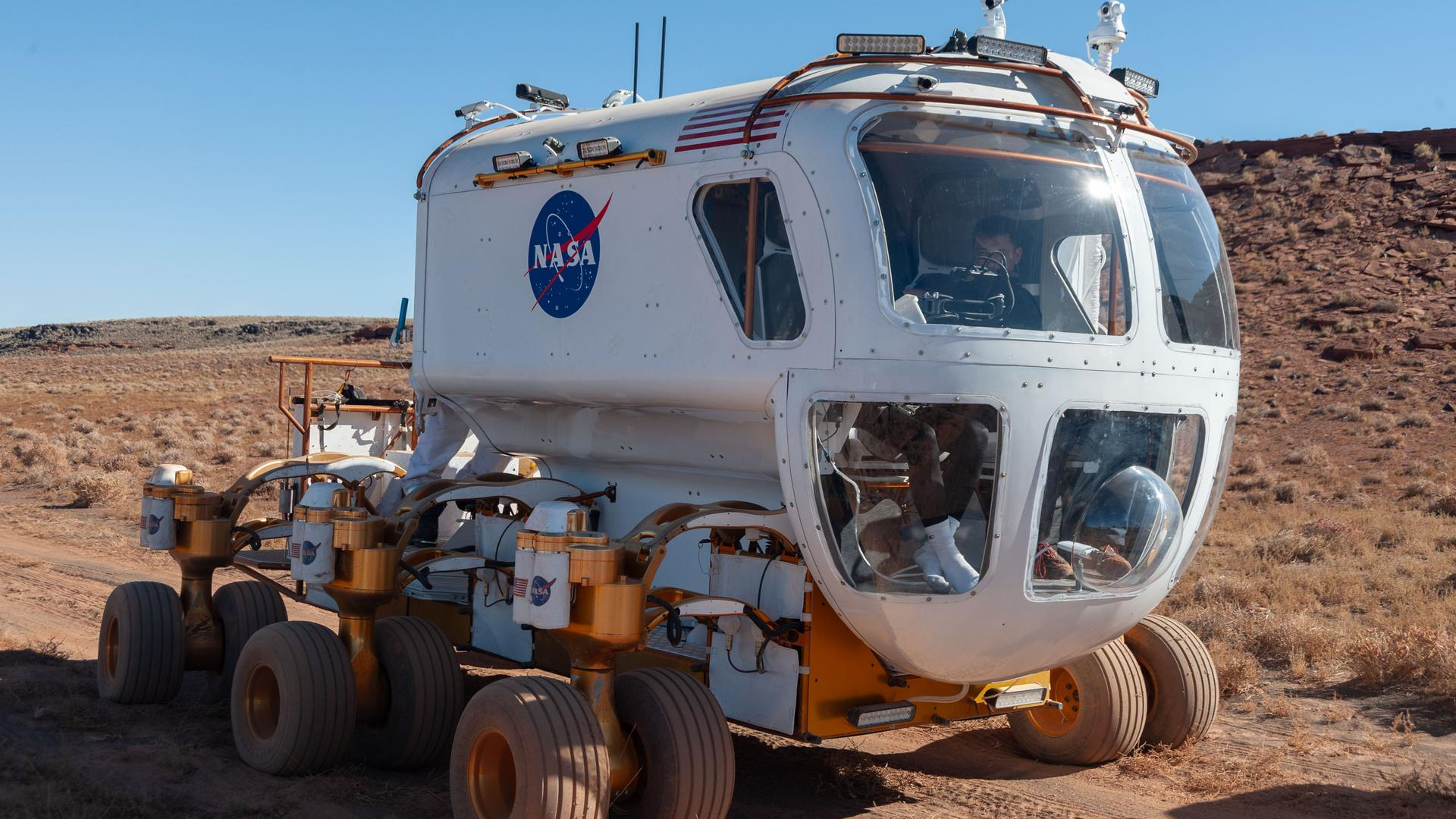
As humanity eyes returning to the moon, countries like the U.S. and China are working to develop key infrastructure to make lunar exploration, and possibly even moon mining, feasible. This includes lunar rovers, which can make faraway areas of the moon more reachable.
What is it?
The Lunar Electric Rover (LER) was developed as a versatile exploration vehicle designed to support long-duration surface missions on the moon. Unlike the Apollo-era lunar rovers, which were unpressurized and limited in range, the LER offers a pressurized cabin that allows astronauts to live and work inside for days without needing to return to a base habitat, potentially making harder-to-reach areas more accessible.
Where is it?
This photo was taken at Black Point Lava Flow in northern Arizona.
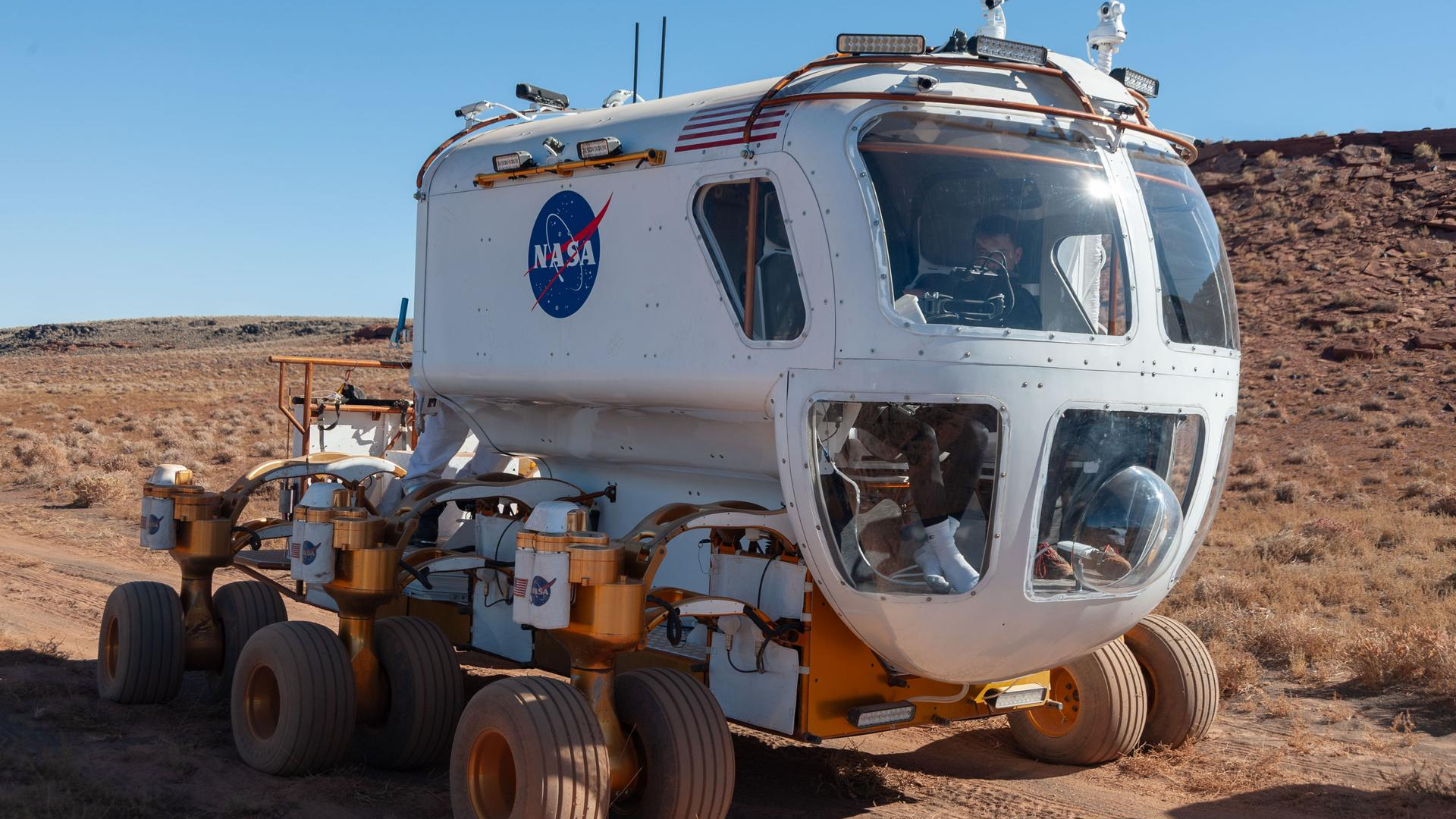
Why is it amazing?
The LER tests are part of NASA’s Desert Research and Technology Studies (“Desert RATS”) campaign. The program uses terrestrial environments like the harsh deserts of Arizona to simulate the conditions on other planets. The volcanic rock formations at Black Point Lava Flow provided challenges similar to those expected on the moon, making it a valuable testing ground for equipment, operations and human factors.
Want to learn more?
You can read more about lunar rovers and NASA’s future trips to the moon via its Artemis program.
Stay Informed With the Latest & Most Important News
Previous Post
Next Post
-
 012024 in Review: Highlights from NASA in Silicon Valley
012024 in Review: Highlights from NASA in Silicon Valley -
 02Panasonic Leica Summilux DG 15mm f/1.7 ASPH review
02Panasonic Leica Summilux DG 15mm f/1.7 ASPH review -
 03From Polymerization-Enabled Folding and Assembly to Chemical Evolution: Key Processes for Emergence of Functional Polymers in the Origin of Life
03From Polymerization-Enabled Folding and Assembly to Chemical Evolution: Key Processes for Emergence of Functional Polymers in the Origin of Life -
 04How New NASA, India Earth Satellite NISAR Will See Earth
04How New NASA, India Earth Satellite NISAR Will See Earth -
 05And Thus Begins A New Year For Life On Earth
05And Thus Begins A New Year For Life On Earth -
 06Astronomy Activation Ambassadors: A New Era
06Astronomy Activation Ambassadors: A New Era -
07SpaceX launch surge helps set new global launch record in 2024












